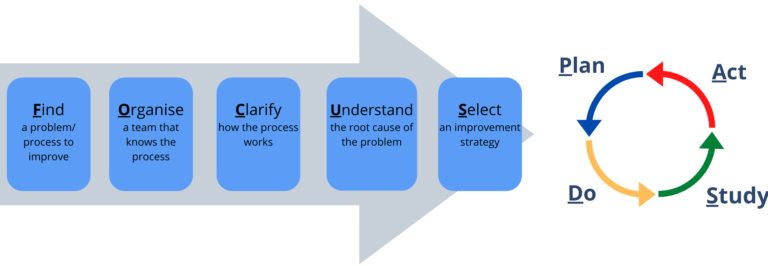Home / Healthcare & Medicine / Antimicrobial & Antibiotic Resistance / Antimicrobial Stewardship for the Gulf, Middle East and North Africa / The quality improvement model making positive changes in health care
This article is from the free online
Antimicrobial Stewardship for the Gulf, Middle East and North Africa


Reach your personal and professional goals
Unlock access to hundreds of expert online courses and degrees from top universities and educators to gain accredited qualifications and professional CV-building certificates.
Join over 18 million learners to launch, switch or build upon your career, all at your own pace, across a wide range of topic areas.

 It is important to have a good team organised to carry out this improvement. Then you must map your own process which you want to improve (from patient entry to leaving) and identify gaps in procedure or areas of poor compliance. The improvement strategy will depend on what problems were identified.
It is important to have a good team organised to carry out this improvement. Then you must map your own process which you want to improve (from patient entry to leaving) and identify gaps in procedure or areas of poor compliance. The improvement strategy will depend on what problems were identified.






